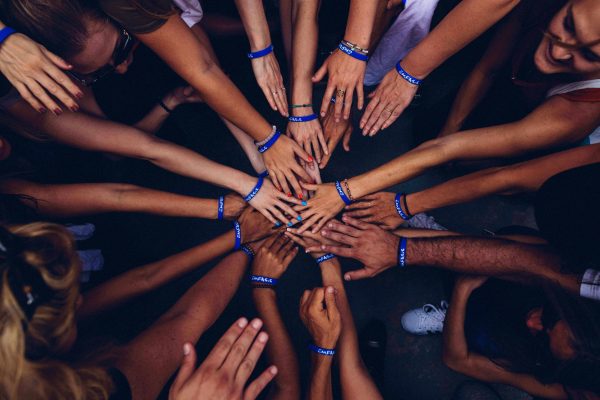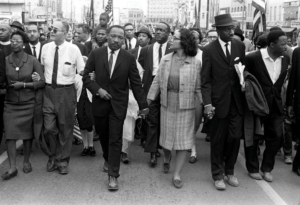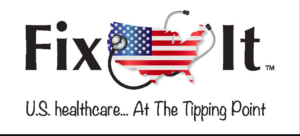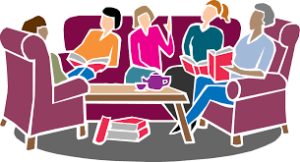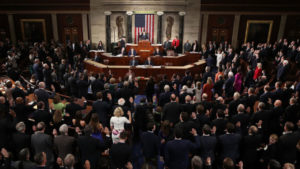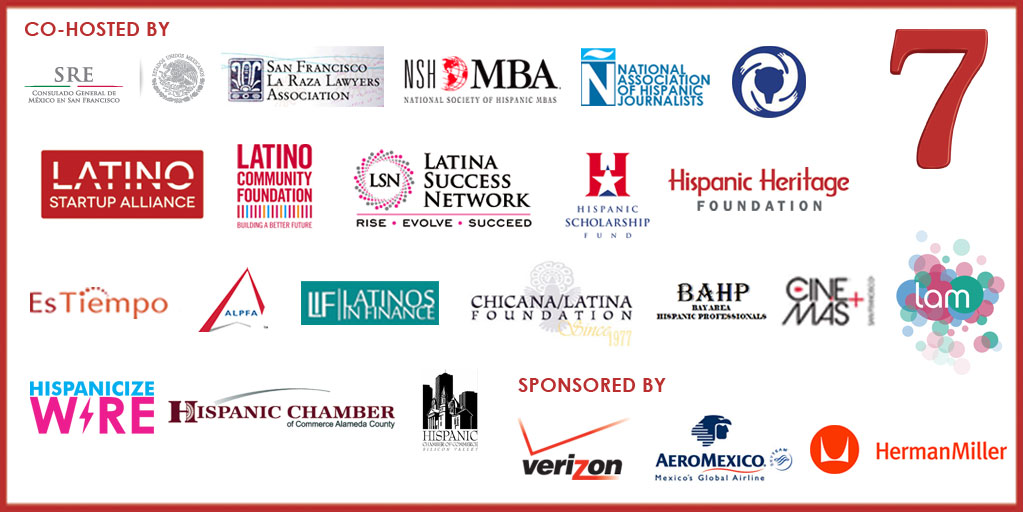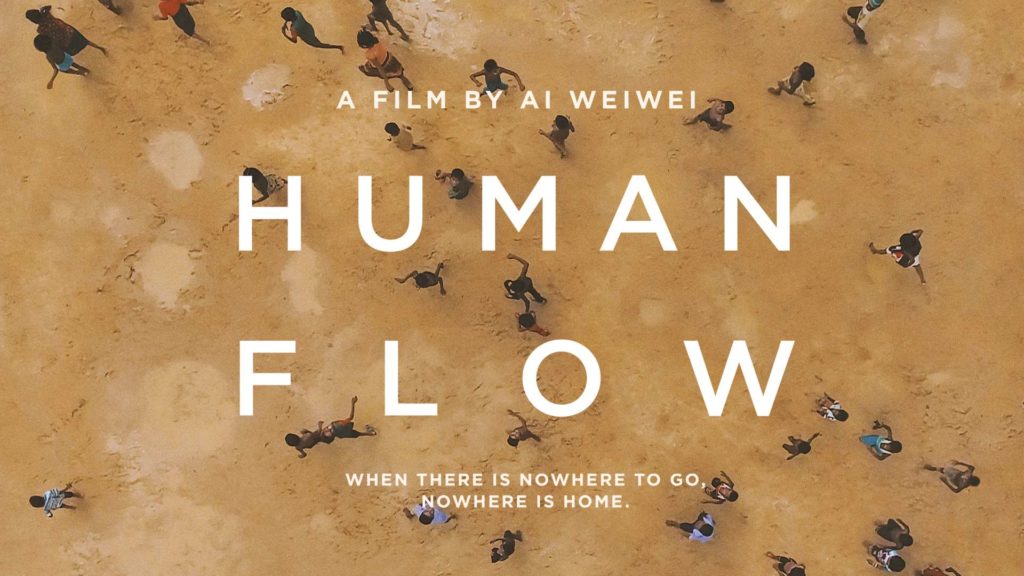As COVID-19, also referred to as the coronavirus, has spread across the world, about ninety percent of Americans are now home and social distancing according to ChangingAmerica. While being home and staying away from physical contact with others is vital to flattening the curve and overcoming the virus, being home for this long period of time can be dangerous for children and families that experience child abuse.
The article Why child welfare experts fear a spike of abuse during COVID-19 explains that Cook Children’s Medical Center in Fort Worth Texas has experienced seven children severely abused in five consecutive days whereas the hospital typically only sees fewer than ten crucial child abuse cases per year. This statistic raises red flags in the child abuse community as children may be placed in a higher risk environment for longer periods of time now that most Americans are home.

With having such a substancial life alteration due to COVID-19, many Americans have experienced anxiety, tensions, and irritability from being contained for so long. We are so used to being busy, going out, and interacting that being enclosed in our homes has caused us to panic and act abnormally. Many factors can contribute to the extra frustration experienced by parents/guardians during this time. Initially, routines are being disrupted. While children had previously been enrolled in school for most of their day, they are now extra factors in their parents/caregivers lives. Being in close quarters for longer periods of time with children can lead to annoyance and frustration. Additionally, the rise in unemployment rates has left approximately 6.6 million Americans without jobs; being unemployed can have negative effects on an individuals such as stress and irritation. These added factors into an individuals life can have negative effects on the people and children around them during this time.
For children, especially those who are victims of child abuse already, this pandemic can be mentally, physically, and emotionally draining. Initially, if a child has already been experiencing child abuse in their home, it is more likely that the child has been abused to a much larger extent since the quarantine has begun as they are stuck home with their abusers. Children who often use school or other places as their safe space no longer have that freedom or support. Because children are missing their social interaction, they can be mentally drained in their home environment and further their emotional abuse. Missing the social aspect of life also prevents outsiders from identifying signs of child abuse on a child. Typically a teacher or fellow student could notice a bruise or mark, however, now that the child is locked in their home, there is no one to identify those signs and help them.
When life is disrupted by natural disasters, war, or pandemics, cases and incidents of abuse have been shown to increase. Being home is dangerous for victims of child abuse and abusers may feel as though they hold more power now as they have control of the child 24/7. The societal shutdown caused by COVID-19 raises many red flags as child abuse cases are more likely to rise in numbers and children are placed in dangerous situations.
Guzman, Joseph. “90 Percent of Americans Now Staying Home to Prevent Coronavirus Spread.” TheHill, 27 Mar. 2020, thehill.com/changing-america/well-being/prevention-cures/489813-majority-of-americans-staying-home-as-much-as.
Santhanam, Laura. “Why Child Welfare Experts Fear a Spike of Abuse during COVID-19.” PBS, Public Broadcasting Service, 6 Apr. 2020, www.pbs.org/newshour/health/why-child-welfare-experts-fear-a-spike-of-abuse-during-covid-19.
